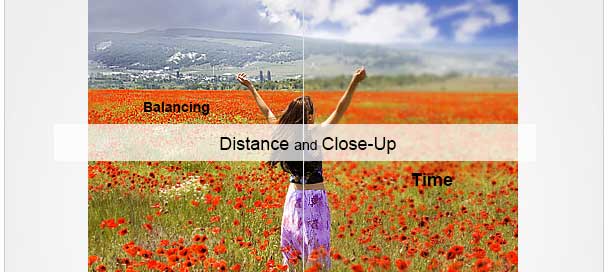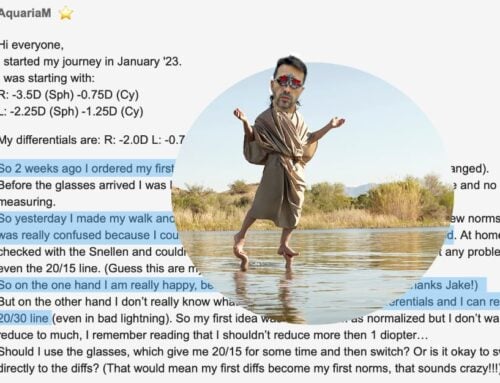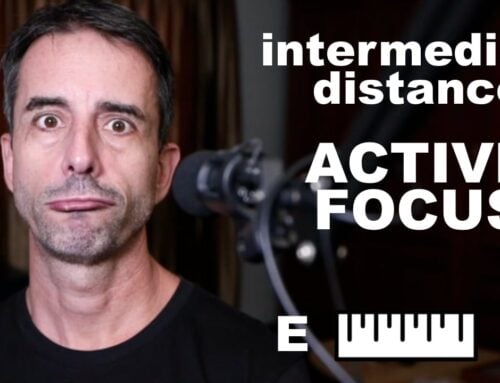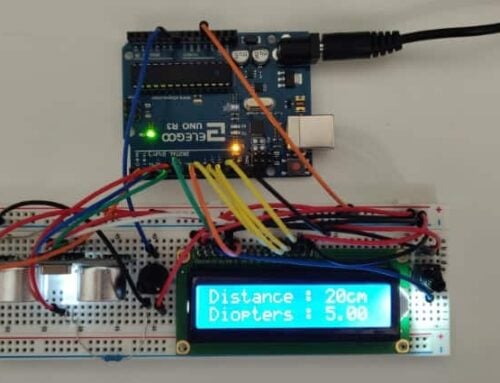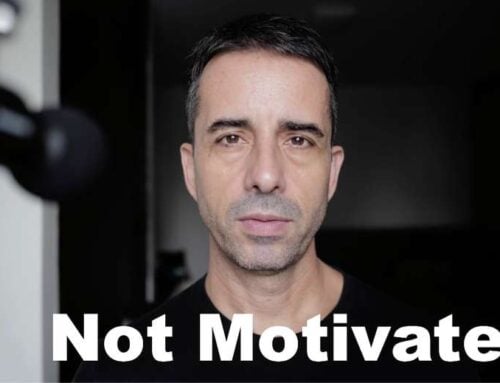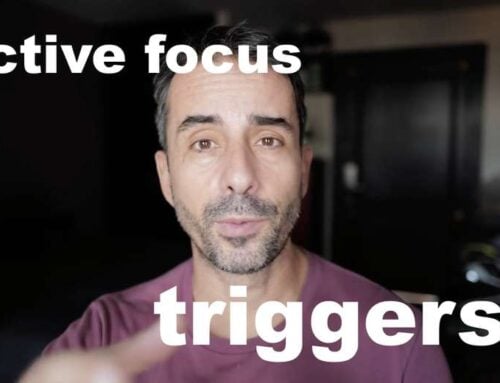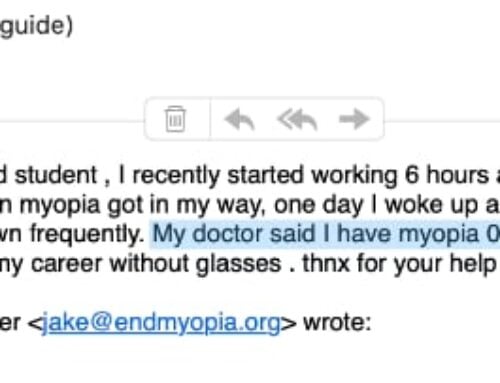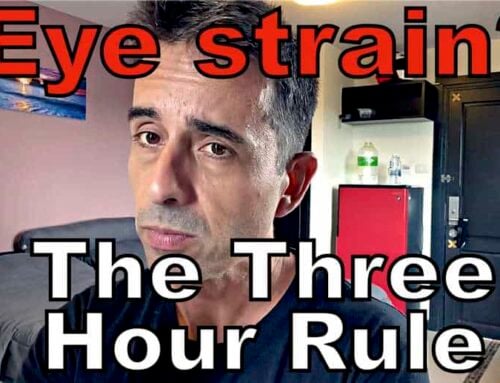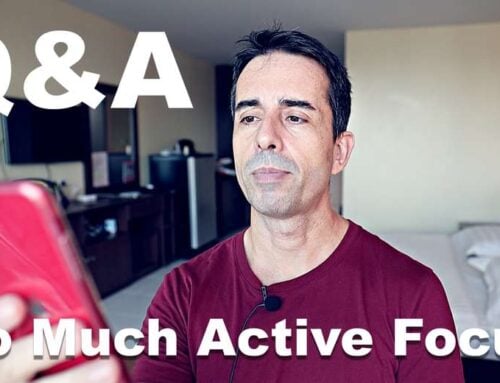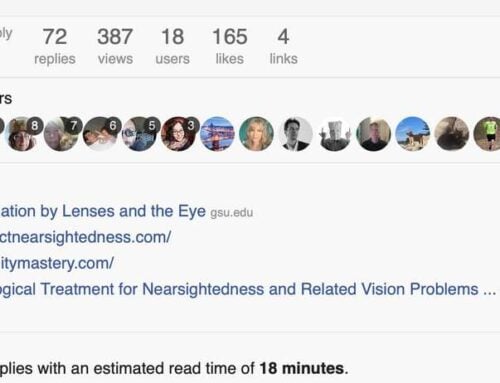There was a recent thread in the forum, discussing the lack of improvement on part of a few program participants. While of course I prefer to highlight the positives of the program, and build trust and a positive attitude (which helps you improve your eyesight as well), we can’t ignore the lessons from some of the setbacks.
Here is the thread in question, if you would like to read the first hand account: http://www.frauenfeldclinic.com/myopia-forums/topic/active-focus-focus-pushing-and-pulling/
If you spend enough time in the forum, and look at some of the testimonials, you will notice that even with success, there are quite a few variations. How quickly an individual improves, how they experience this improvement, it all changes from one person to the next. Part of this is physiology, and part of it is how the individual approaches the suggestions I make in the Vision Improvement Courses.
The theme in the above mentioned forum thread is a frequent challenge:
Close-up focus, which created the myopia in the first place, remains the majority of the individual’s lifestyle.
This is something I touch on cautiously, on occasion. After all, this is just a site about vision improvement, not changing your lifestyle. I want to make this proposition of improving your eyesight a manageable idea, and introducing too many changes would make the premise too much to handle (for many). And indeed, you can improve your eyesight, exactly as ‘advertised’, by using this program.
Consider though, for a moment, the design and purpose of your eyes – distant vision (primarily). Your eye, in its very design, is intended first at seeing clearly at a distance, and second to see up-close. Further, by design, your eye is built to focus up-close for relatively limited periods of time.
These are the ‘design specifications’ of your eyes.
Use any sort of tool or hardware outside of its design specifications, and you will encounter less than desirable results. The long and short of all this is, you need to use your eyes at a distance, to truly get the benefit of this program.
If you only work up-close, and have no intention of changing this, you should take a different approach at eyesight improvement goals. Stopping the progression of myopia would be a good goal, and maybe reversing it to a small degree. Especially if your myopia extends beyond -3 diopters, without having significant amounts of distance vision time, full recovery (20/20) is much less likely (though possible).
Even if you do not intend to change your eyesight distance habits, the program is an important part of vision health. You want to take key premises about blur horizon, reducing eye strain, ambient lighting, and other key concepts, to maintain your eyesight (even if in this case, improvement becomes a secondary goal).
If you want to truly improve though, you need distance vision. You need to be using that normalized prescription, peak prescription, get outdoors, get into some activities using middle and far distances. This is after all, what you want improved eyesight for – to see at a distance. It is difficult to achieve this ability, without actually using this part of your eyesight as part of the process. It is a bit like wanting to be a good distance runner, without doing any distance running to prepare. You may improve diet, do stretching, muscle exercises, and buy running shoes – but without actual running, the core aspect of your goal is not put into practice.
We will undoubtedly discuss this more in other blog posts, and the program. Balance. Finding ways to use your vision improvement, for what it is intended – distance vision. Doing it not just as a ‘required exercise’, but enjoying that distance vision (note my sign-offs on every post). Finding new hobbies, getting outdoors, getting into situations away from close-up should be part of your program, to truly get notable improvements.
What Can You Do, Today?
Think about interesting things you might do, away from a desk. Consider it a long term strategy, adding activities to your calendar. Maybe you pick up photography, or bowling, or indoor volleyball. There are thousands of activities that may become part of your life, with a bit of time and discovery. If you can add at least two hours a day of distance vision, decrease your close-up time to take at most 70% of your total viewing time (or less, ideally – 50% would be fantastic, though realistically not achievable for many), you are adding a lot of tangible opportunity to maximize what my Vision Improvement Courses have to offer.
Enjoy!

